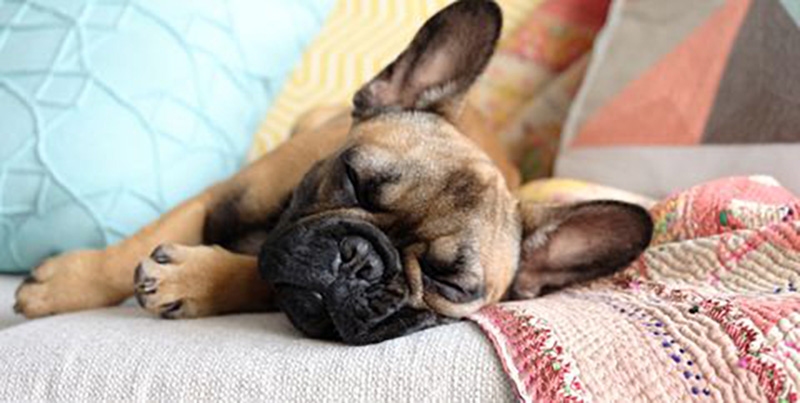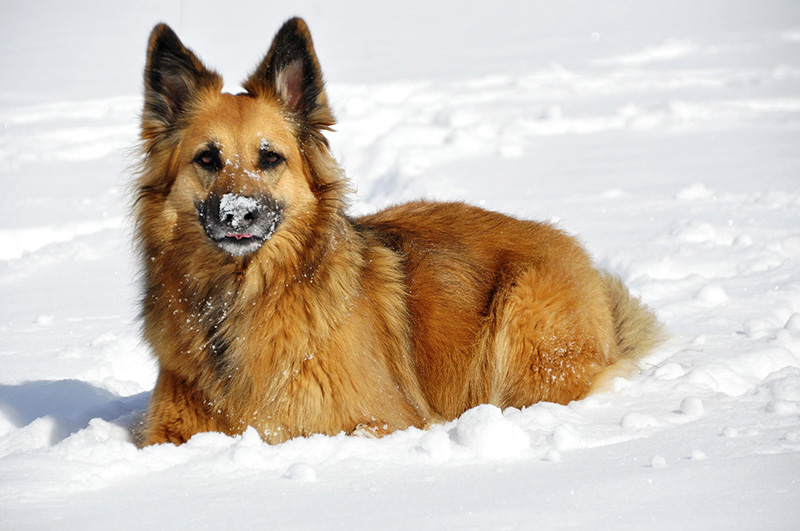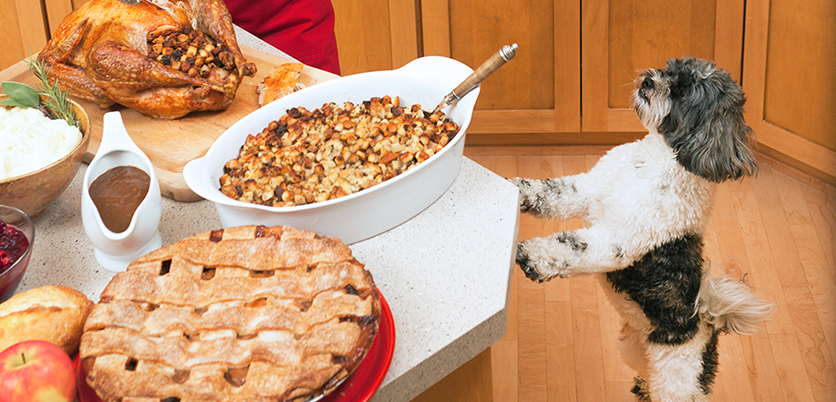
Have you ever seen those tiny house TV shows where dog-owners move into a tiny space with their pets? You might think they are crazy for confining themselves to such a small space, let alone with a dog or two! But they seem to make it work. How? It all comes down to space-optimizing tricks and planning.
Top 5 Hacks for Dog-Friendly Apartment Living
Thankfully, your apartment is probably more spacious than those tiny homes on wheels. But you can benefit from the same hacks those tiny-dwellers use. We’ve narrowed it down to the top five hacks you to make apartment living with a dog feasible and comfortable.
A Place for Everything
The organizational guru, Marie Kondo, encourages tidying by category, which includes your dog’s items. She teaches the key to organization is for every item to have a home. Dog leashes, collars, toys, food, treats, brushes, and so on should have a designated storage spot. Use hooks, hanging baskets, canisters, and decorative boxes to make the most of your space without sacrificing design.
Creative Dog Nooks
Finding the perfect place for your dog’s bed in an apartment takes creativity. Some people turn faux fireplaces into a dog nook, while others invest in side tables that double as dog crates. If you are handy, you can really maximize your space by customizing a Fabulous Handmade Dog Crate that fits perfectly in place.
An Outdoor Schedule
When living in a small space with a dog, you need more than the intention to go outdoors; you need a schedule. Just like going to the gym, you are much more likely to go if you commit to a schedule. A dog walking or dog park schedule will greatly benefit you and your dog’s health and overall happiness.
Use Citronella Collar to Stop Excessive Barking
Don’t be that neighbor whose dog barks all hours of the day. Provide toys to keep dogs busy while you are gone. If your dog still barks excessively, consider using a humane Citronella collar to train away bad barking behavior. Studies show they are the most effective collar for nuisance barking, and the ASPCA certifies them as safe.
Utilize Vertical Space
When you don’t have a lot of square footage, you need to resort to vertical space. Aside from dog beds, pet dishes take up a lot of room. Wall-mounted dog bowls free up floor space and offer health benefits for your dog. They also help prevent spills and messes.
Kitchen Dog dish sets are great for apartment living. They easily come off the wall to put into the dishwasher or to make more space when not in use. Our custom dog dish sets come in different colors and sizes. Unlike elevated contraptions, wall mounted dog bowls won’t tip over and can be installed at the perfect height for your dog. Oh, and they’re great for cats too!
To learn more, visit the Kitchen Dog Blog.




